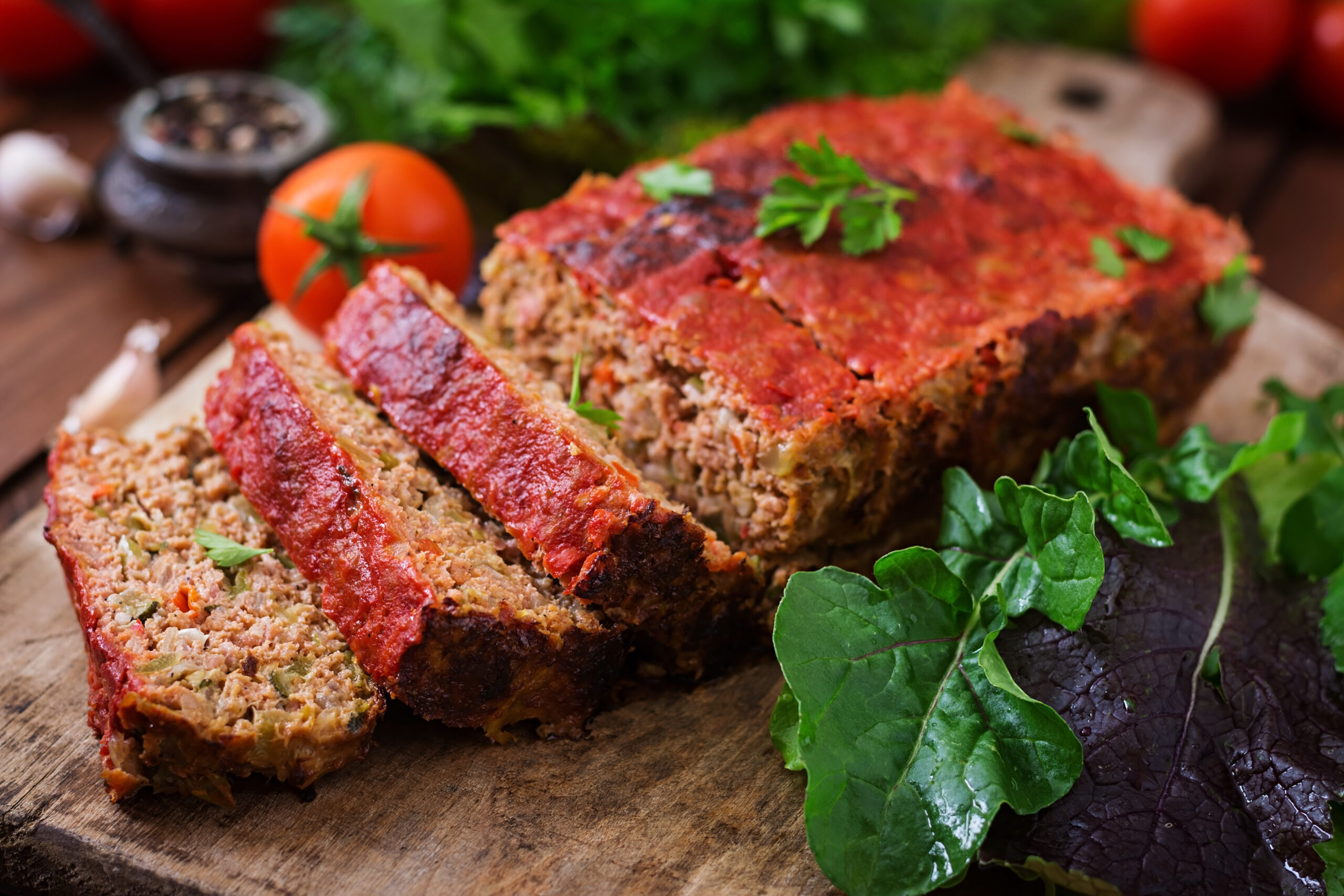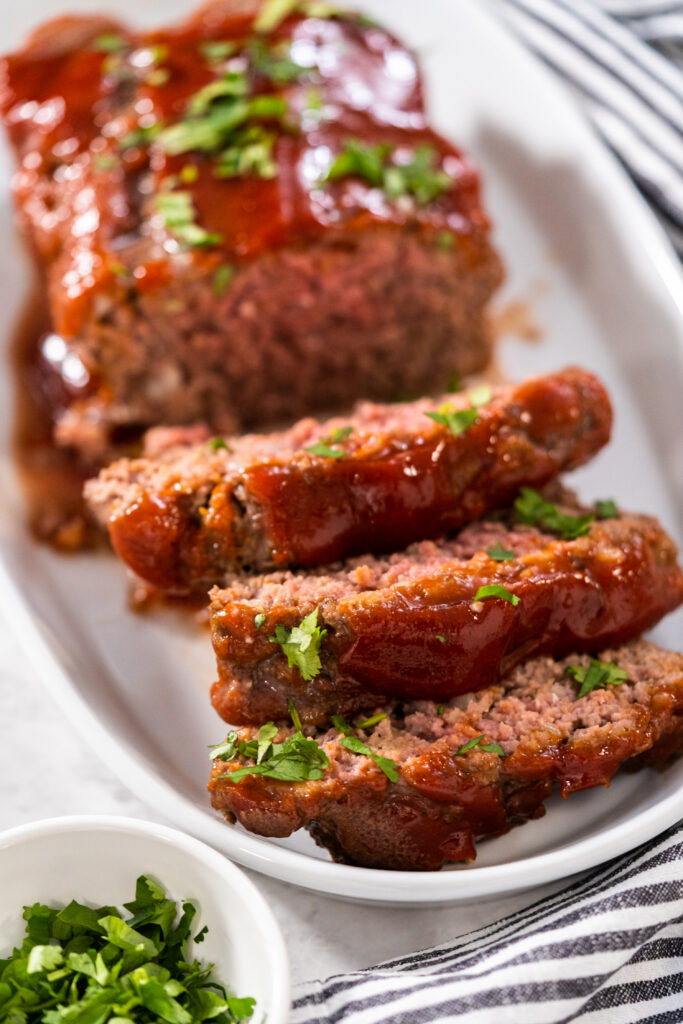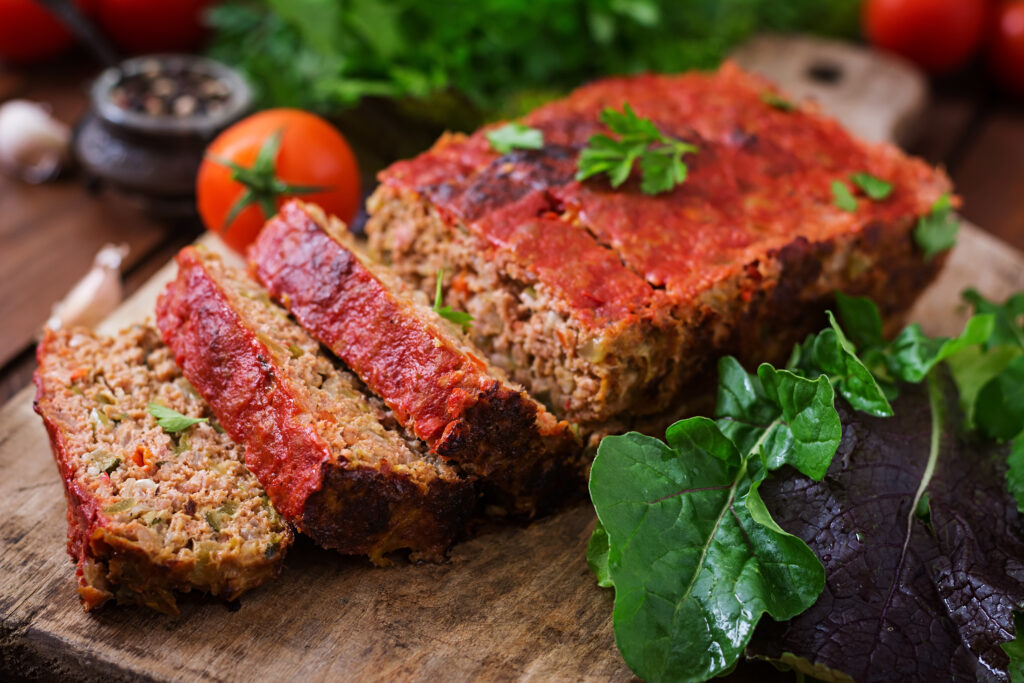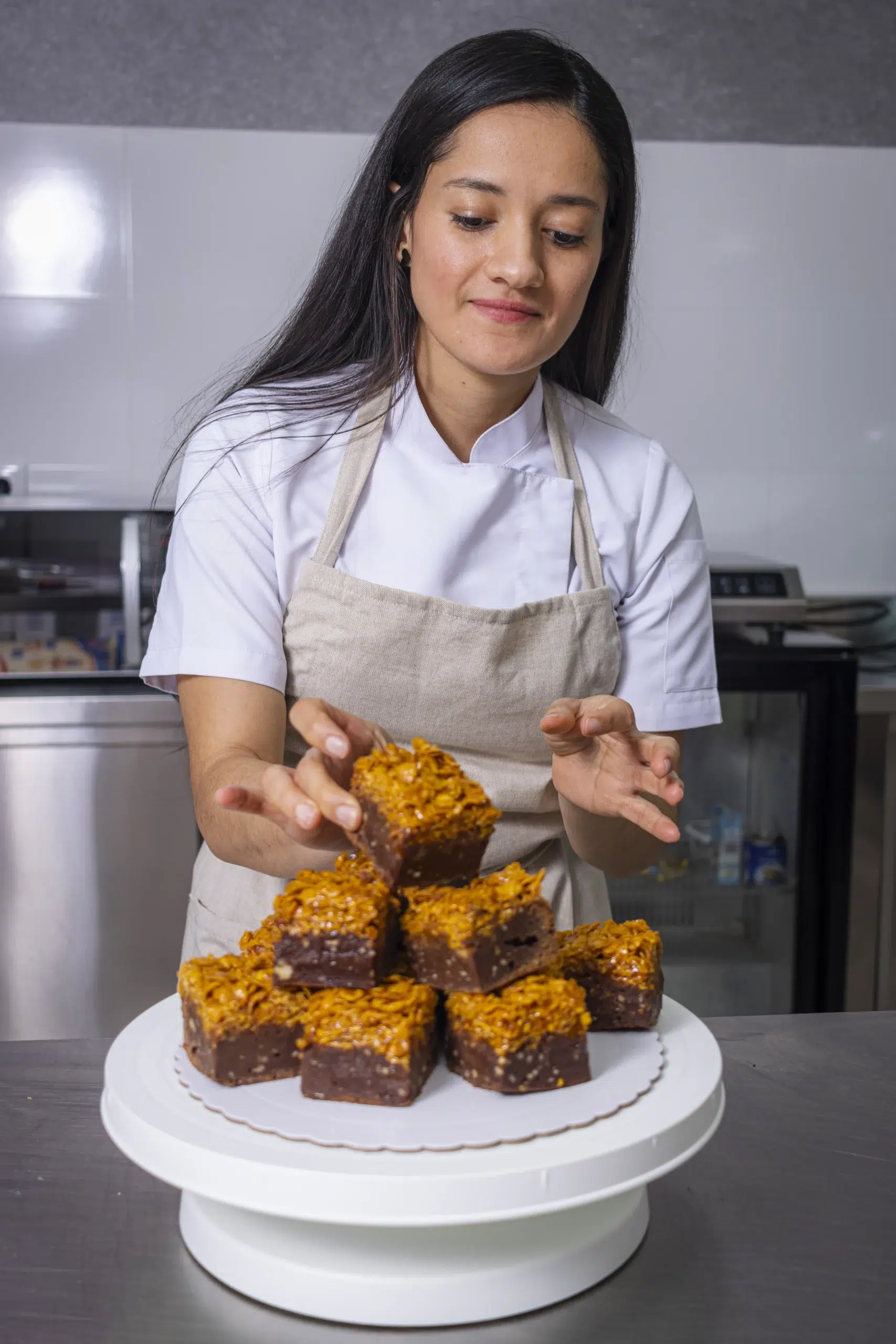Introduction to Cooking Meatloaf
Meatloaf is not just a meal; it’s a piece of culinary Americana that has graced dinner tables for decades. This classic dish combines versatility and comfort, making it a favorite among households that cherish hearty meals. But the secret to its perfect texture and taste lies in mastering the cooking temperature and time, essential elements that can make or break this traditional favorite. Learn more about the importance of these factors in our detailed guide on how to cook meatloaf at different temperatures.
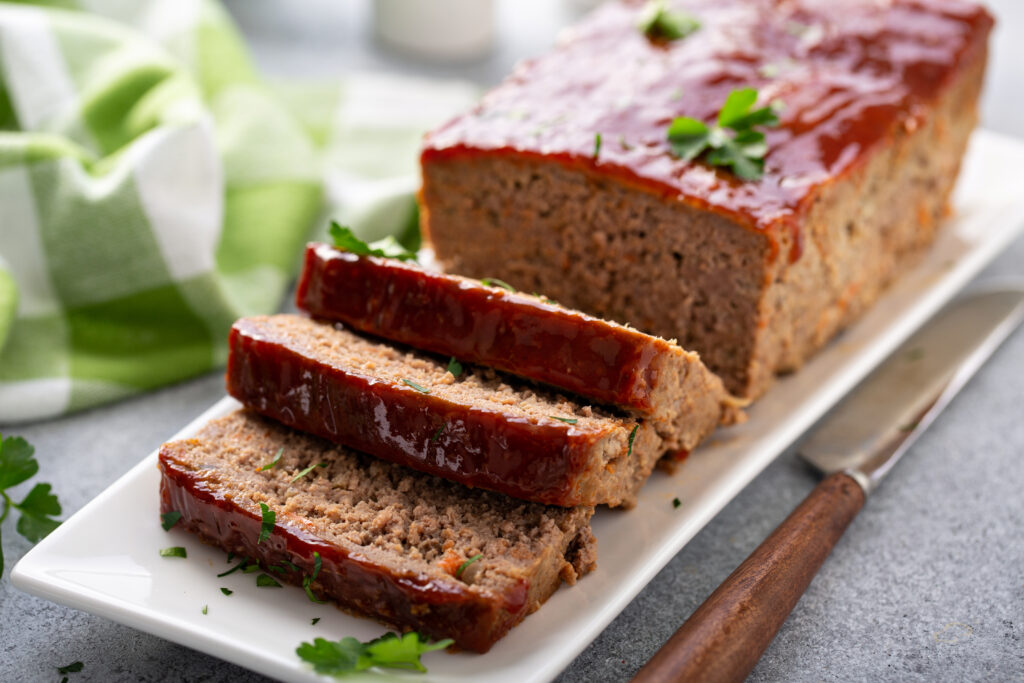
What Makes Meatloaf a Beloved Dish?
Meatloaf’s appeal lies in its simplicity and the nostalgia it evokes. It is a versatile dish that can be flavored in countless ways depending on the mix of meats used, the spices and herbs incorporated, and the toppings applied. Whether glazed with a sweet and tangy sauce or designed with a crispy bacon wrap, meatloaf offers a canvas for creativity. Additionally, it can be made from economical ingredients that can be found in nearly any pantry, making it both a budget-friendly and delicious option that appeals to cooks of all levels.
Importance of Correct Cooking Temperature and Time
Achieving the perfect meatloaf does not solely rely on the ingredients but also on how well it is cooked. The right temperature and cooking time are crucial in ensuring that the meatloaf is juicy, flavorful, and safe to eat. Cooking meatloaf at the optimal temperature not only helps in rendering out fats and melding flavors but also ensures that it reaches the safety standards set by food health professionals Recalls & Outbreaks .Over or under-cooking can result in a dry, crumbly loaf or, worse, a food safety hazard. Hence, understanding these factors is key to perfecting meatloaf, making each slice moist, delicious, and safe to enjoy.
Optimal Meatloaf Cooking Temperatures
The cooking temperature for meatloaf is pivotal in defining its flavor, texture, and safety. Getting it just right can mean the difference between a moist, delicious dish and a disappointing dinner. In this section, we’ll explore why the cooking temperature is so crucial, recommend optimal temperatures for different types of meatloaf, and discuss how to measure the internal temperature accurately. For a more in-depth comparison of temperature effects, check out our article on 350°F vs 375°F meatloaf cooking temperatures explained.
Why Temperature Matters
Temperature plays a critical role in the chemistry of cooking meatloaf. It affects how proteins in the meat coagulate to give the loaf its structure and texture. Too high a temperature can cause the proteins to tighten excessively, squeezing out moisture and resulting in a dry, tough loaf. Conversely, too low a temperature may not allow the internal temperature Safe Minimum Internal Temperatures to reach a safe point, potentially leaving harmful bacteria intact. Proper cooking temperature ensures that the meatloaf is safe to eat, with a perfect balance of juiciness and firmness.
Recommended Temperatures for Different Types of Meatloaf
Different meats used in meatloaf recipes require different handling and temperatures:
- Beef Meatloaf: For a beef-based meatloaf, the ideal internal temperature should reach 160°F (71°C). This level ensures that the beef is cooked through and safe to eat, while still retaining moisture.
- Poultry-Based Meatloaf: Meatloaf made with chicken or turkey should be cooked to a higher temperature of 165°F (74°C) to destroy any potentially harmful bacteria specific to poultry.
- Pork or Mixed Meat Meatloaf: For loaves that include pork or a mix of meats, reaching an internal temperature of 160°F (71°C) is recommended to ensure that all types of meat are adequately cooked.
These temperatures are crucial not only for safety but also for achieving the best texture and flavor.
How to Measure Meatloaf Temperature Accurately
To ensure that meatloaf cooks to perfection, it is essential to measure the internal temperature accurately. Use a digital meat thermometer for the most reliable results. Here’s how to do it:
- Insert the Thermometer Correctly: Place the thermometer probe into the center of the meatloaf, ensuring it does not touch the bottom of the pan. The center is the last part to cook, so measuring here gives you the truest read.
- Check the Temperature Near the End of Cooking Time: Begin checking the temperature about 10 minutes before the expected finish time. This helps avoid overcooking.
- Wait for the Reading: Once inserted, wait a few seconds for the thermometer to give a final reading.
By carefully monitoring the cooking temperature with a reliable thermometer, you can ensure your meatloaf is cooked to juicy perfection, safe to eat, and delicious every time.


